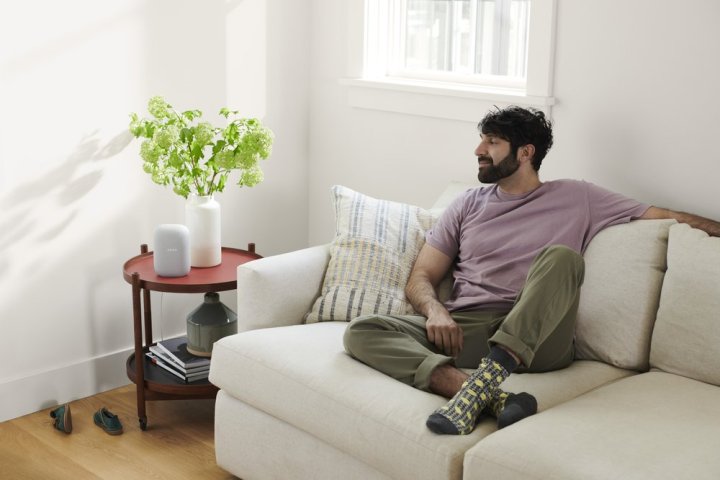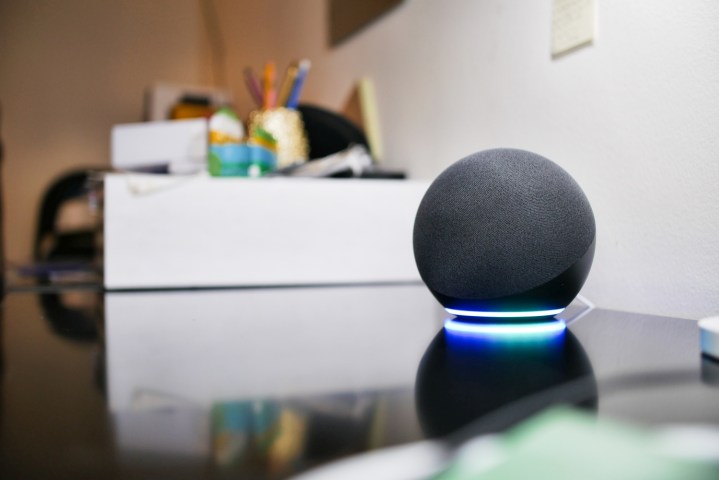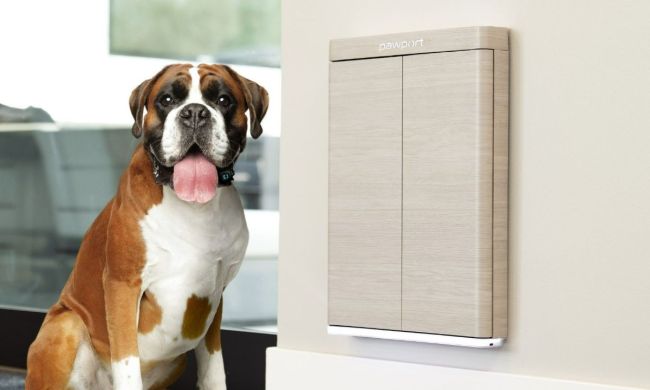When people purchase smart speakers like a Google Nest or an Amazon Echo, one of their common concerns is if the audio is loud enough to fill a room. Can it power a party? Can you hear it over kitchen cooking sounds?
Now we want to ask similar questions from another angle: Can today’s powerful smart and Bluetooth speakers get too loud? What risks does playing audio and top levels involve? Is it always okay to crank the volume when you feel like some extra bass? Let’s get down to the details.
Smart speakers and hearing damage

Let’s address health concerns first. When humans listen to sound that’s too loud for long periods of time, they can develop hearing problems, including tinnitus, over-sensitivity to sounds, and hearing loss. These ailments tend to happen from using headphones where it’s easy to get lost in louder sounds — but can it happen with home speakers, too?
According to the World Health Organization, it’s all about the decibels. You can listen to extra-loud sounds that reach 100dB (think of getting near plane engines, standing by a roaring subway train, or stepping into the average nightclub) for about 15 minutes a day. Longer than that and you risk hearing damage. For sounds that register at 85dB, a more average level, humans can listen to for up to eight hours a day without risking problems.
How does that compare to smart home speakers? There’s not much danger. Speaker tests have shown that the latest Amazon Echo reaches 81dBa (adjusted for human hearing). Other smart speakers land in similar spots, with the Nest Audio reaching 81.3dBa, and the HomePod Mini churning out up to 70.2dBA. So, if you’re sitting right by a smart speaker and have it blasting on the absolute maximum volume it can reach all day (forget having conversations while this is happening), then you risk hearing damage. Otherwise, there’s little threat.
Damaging your smart speaker

Human ears aren’t the only thing at risk of damage when audio goes sky-high. Speakers are also made of delicate components, and these can become damaged by extreme sounds. Coils can overheat, vibration can start damaging drivers, and so on.
The good news is that major damage is unlikely with smart speakers. Today’s home speakers typically have built-in limits to avoid the level and type of sounds that can damage the speaker. Nonetheless, vibration and extra-loud audio can still cause wear and tear over time. If you really like cranking up the bass, you can’t expect your speaker to last as long and deliver the same audio fidelity. Eventually, it’s just going to wear out faster. Aim for around 75% of max volume to help avoid these risks.
Dealing with distortion

Smart home speakers pack a whole lot of sound into a tiny package. That does come with some downsides, and one is that high levels of volume are more likely to run into distortion issues. You don’t want your favorite song ruined by fuzzy audio when you crank up the volume to really enjoy it.
Volume distortion issues are more likely on small smart speakers, like the Nest Mini or HomePod Mini or Echo Dot. These devices aren’t really designed to deliver room-filling sound. Larger smart speakers can handle higher volumes more faithfully, but pushing them too high can still create issues. Again, the magic level is usually 75% of max volume to prevent distortion issues. If distortion happens lower than that, the problem is more likely to be an audio connection or formatting issue. For more sound with less risk of distortion, you could consider something like the large Echo Studio, which is built for serious home audio systems.
Annoyingly loud voice assistants
Sometimes, “too loud” just means annoying as hell. Smart devices with voice assistants can sometimes run into this problem — no one wants a voice assistant that’s a lot louder than the music they’re playing or loud enough to wake someone in another room.
The problem is that, for common voice assistants like Alexa and Google Assistant, there’s no way to independently control voice assistant volume vs. universal sound. If your volume is loud, your voice assistant is going to be really loud. This can creep up on you if you have a routine that automatically raises the volume everyone morning or if you’ve been listening to music for a long time without using the voice assistant.
Usually, the best way to avoid problems is to turn down the volume before you start using your wake words on voice assistants. If there is a serious sound discrepancy, you should also try rebooting your device to see if there’s a bug that needs to be flushed out.



